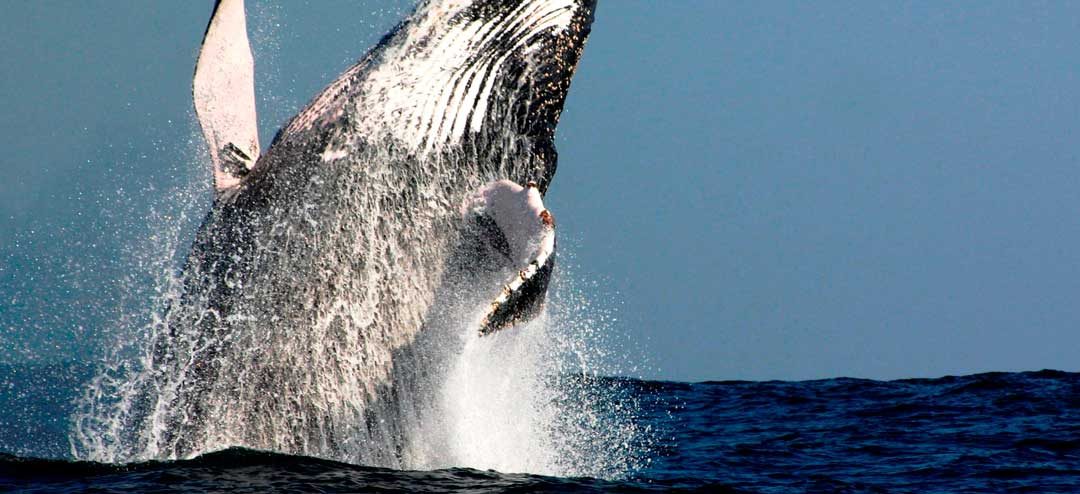The Plight of the Southern Right Whale

Whaling of Southern Rights
Land based whaling in Australia initially concentrated on southern right whales. They get their name because they were the ‘right’ whale to catch; they were slow swimming, floated when dead and provided large amounts of valuable products particularly oil for illumination and lubrication.
Commercial whaling began in Australia in 1820, taking around 75% of the southern right whale population between 1835-1845. When the industry collapsed. It took another 90 years before they were officially protected.
An estimated 12,000 southern right whales are spread throughout the southern hemisphere, compared to an original population before whaling of more than 100,000. However, their numbers are growing at around 7% per annum.
Migrations
These days, southern right whales delight whale watchers with their peculiar looks and crowd attracting antics like breaching and headstands. They are increasingly seen on the NSW coastline from May to the end of November. You can spot them off the shore of a beach, on a boat or venture into a NSW national park.
According to whalefacts.org Southern right whales can be found in very shallow water including estuaries and bays. They have even been known to swim into the surf zone, but are not known to strand.
If you are lucky enough, you may even delight in watching the mothers and calves playing together. This is a very important time for the calf, as the mother is teaching the young the life skills it will need before it returns to the Arctic.
Southern Right Whale Facts
- Length of Adults – 14m to 18m; Calves 5m to 6m at birth
- Weight of Adults – up to 80 tonnes; Calves 1 to 1.5 tonnes at birth
- Gestation period – 11 to 12 months
- Weaning age – 11 to 12 months
- Calving interval – generally 3 years
- Physical maturity age – unknown; Length – 16m
- Sexual maturity age – 9 to 10 years
- Length – 12m to 13m
- Mating season – July to August
- Calving season – June to August
- Cruising speed – 3km/hr
- Blow pattern – V-shaped bushy blow, up to 5m
- Protected since 1935
